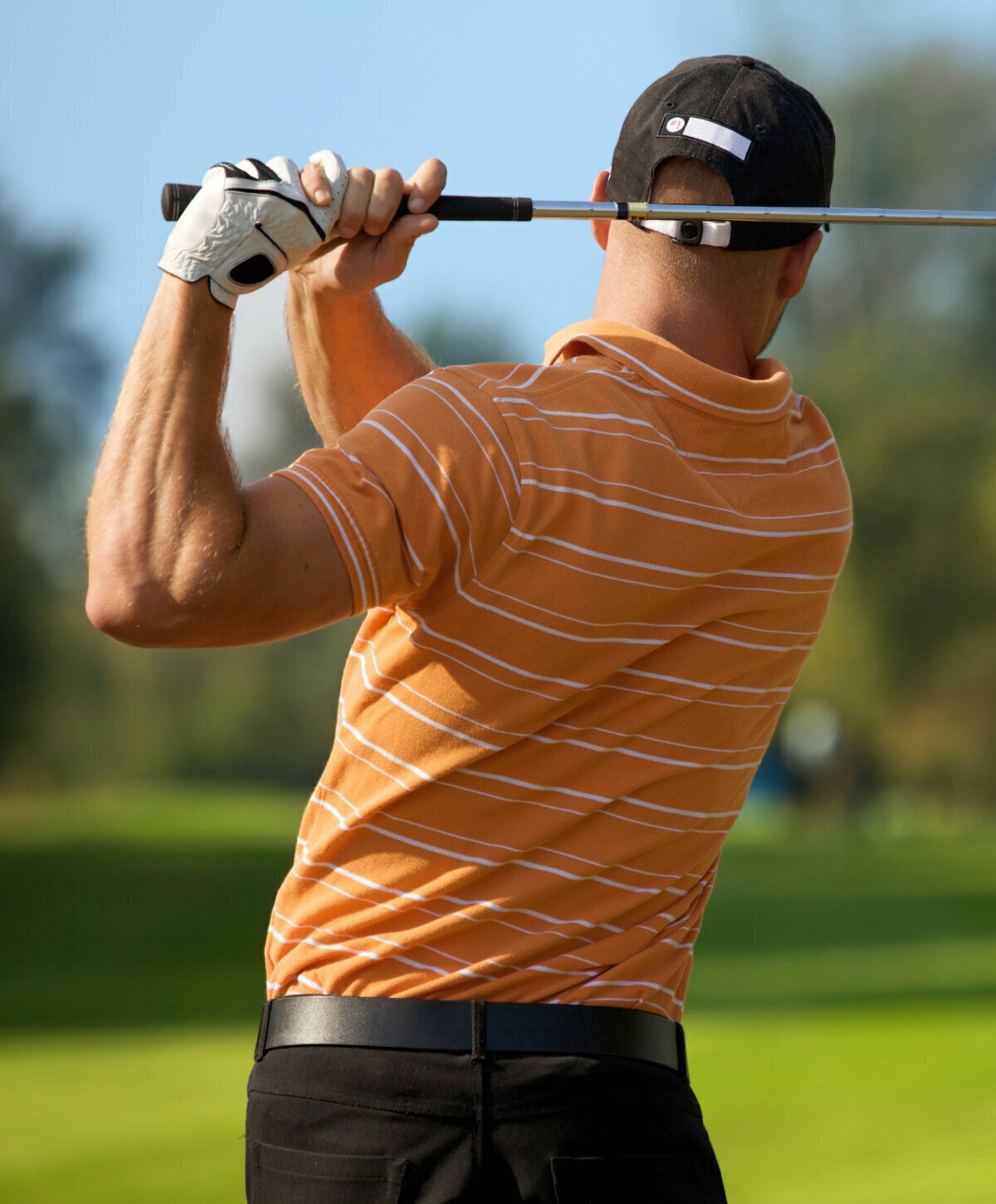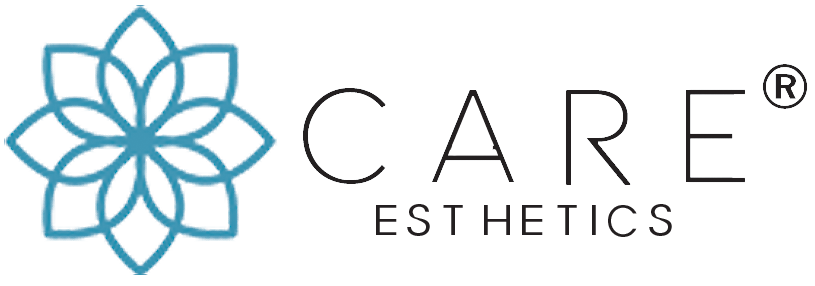What Non-surgical Orthopedic Treatments are offered at
CARE Esthetics?
For more than two decades, PRP has been used in various regenerative medicine approaches. Because of its extended and more consistent release of growth factors throughout time, PRF has been more recently utilized in numerous disciplines of medicine. At CARE Esthetics, these treatments are used in the following methods: athletic enhancement, physical therapy, training, and strengthening.
We recognize the growing need for non-surgical PRF/PRP orthopedic treatments for sports performance, physical therapy, training, and strength. CARE Esthetics strives to offer the best non-surgical orthopedics Sedona has to offer. In fact, non-surgical orthopedic treatments with PRP/PRF are one of CARE Esthetics' trademark services for sports and pro-athletes.
What is the difference between PRP and PRF treatments?
Blood is centrifuged at high rates to extract platelet-rich plasma, or PRP. The red, white, and stem cells in the blood are separated into two layers, with the heavier red, white, and stem cells sinking to the bottom. Meanwhile, the top layers of an anticoagulant-containing tube encompasses lighter platelets and plasma. On the other hand, PRF (platelet-rich-fibrin) is the wave of the future. It's made by centrifuging blood at a lower speed, which separates the blood into layers without the use of anticoagulant chemicals. This allows specific white cells, growth factors, stem cells, and platelets to be collected from a tube without the need of additional chemicals that prevent clotting. PRF has become a much more effective therapy for treating professional athletes with more effective long-term results.
What is Professional Sports Medicine/Pro-Athletes Medicine?
Athletes nowadays are under a great deal of pressure to perform at their best, leading to serious injury. PRF treatment has given athletes the capacity to heal from injury more rapidly. PRF, or platelet-rich fibrin, is a non-surgical regenerative treatment that employs a high concentration of platelets and plasma to stimulate regeneration and self-healing in a variety of orthopedic injuries and disorders.
Platelets make up just six percent of an average blood sample. On the other hand, Platelet-rich plasma includes 94% of platelets and five to ten times the amount of growth factors seen in normal blood. PRF treatment has been found to repair what seemed to be career-ending injuries, enabling professional athletes to return to their sport. In addition, PRF injections may help relieve pain, enhance healing, and postpone the need for joint replacement surgery. Tennis elbow, golfer's elbow, plantar fasciitis, and rotator cuff ailments may all benefit from PRF therapy.
What are Joint Injections with PRP/PRF?
Anyone over the age of 40 may notice that their joints—particularly those in the knees, hips, hands, and feet become progressively stiff and painful due to exertion or for no apparent cause at all. Bruising and swelling of tissues, joint discomfort, and general age-related wear and tear are typical complaints among individuals of all ages. PRF joint injections treat the following conditions:
- All limb joints are affected by arthritis (osteoarthritis).
- Tendonitis in the thumbs and hands is a painful condition.
- Repeated stress injuries (RSI) in the hands are a problem.
- Plantar fasciitis is a kind of foot pain ("heels spurs" in the feet)
- Tennis Elbow is a term used to describe a condition in which the Elbow is bent at an angle.
- Golfer's Elbow is a kind of elbow injury that occurs while you play golf.
- Bursitis

Knees and hips are the most commonly injected joints with PRP/PRF, and there has been an increase in visits for hand pain as a result of using a smartphone or tablet, which requires repetitive motions that place stress on the joints and tendons in our fingers and wrists – particularly the "texting thumb." PRF has the potential to provide significant relief from this bothersome everyday discomfort. A recent study suggests that PRP/PRF injections similarly relieve arthritic pain as steroid injections, but in a different approach that rejuvenates the cartilage and other joint tissues rather than causing further breakdown. In addition, the effects are far more long-lasting.
